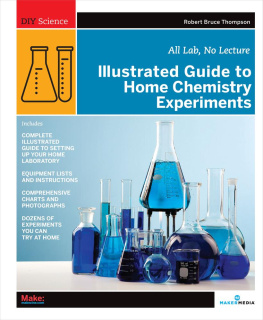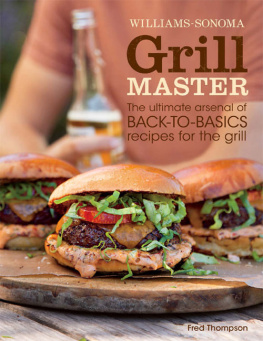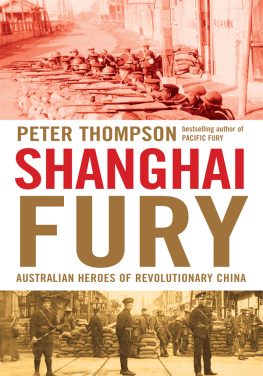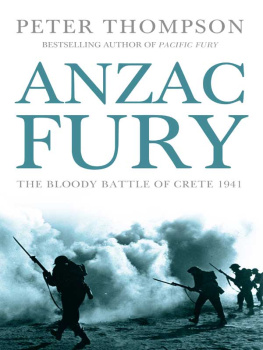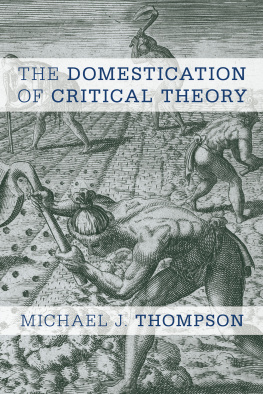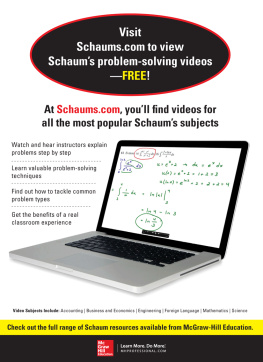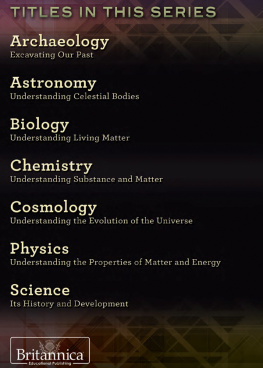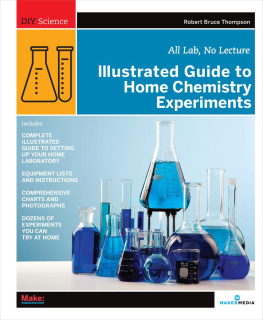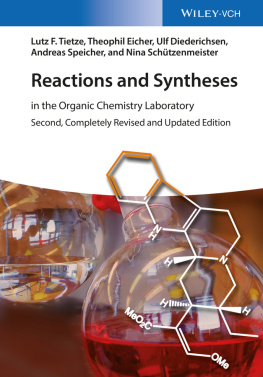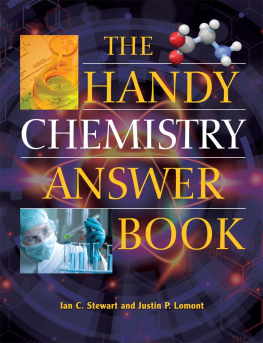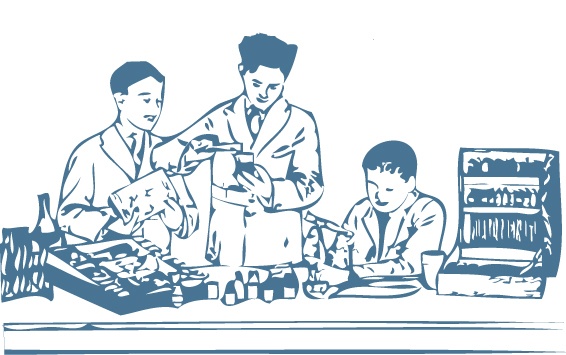DIY Science: Illustrated Guide to Home Chemistry Experiments: All Lab, No Lecture
Robert Bruce Thompson
Dedication

Carl Wilhelm Scheele (1742 1786)
To Carl Wilhelm Scheele, one of the first true chemists, who did so much with so little. As a practicing pharmacist without access to the advanced laboratory equipment available to many of his contemporaries, Scheele discovered numerous chemical elements and compoundsincluding oxygen, nitrogen, chlorine, barium, manganese, molybdenum, tungsten, citric acid, glycerol, the pigment Scheeles Green (cupric hydrogen arsenite), and many othersdebunked the phlogiston theory, and was among the first to establish the rigorous, standardized, consistent quantitative procedures that are the hallmark of modern chemistry. Scheele died at age 43, apparently from mercury poisoning contracted as a result of his unfortunate habit of tasting the new compounds he prepared.
Preface
Christmas morning, 1964. I was 11 years old. My younger brother and I arose at the crack of dawn and noisily rushed downstairs to find out what was under the tree. Our parents followed us, bleary-eyed.
Santa had been good to us that year. Colorfully wrapped presents were scatterednot just under the tree, but across most of the living room floor. Being boys, we started tearing open the presents with no thought at all for the care that had gone into wrapping them. We were after the loot.
There were the inevitable disappointments: sweaters from Grandma, school clothes from Aunt Betty, and hand-knitted stocking caps for both of us from Pete and Sarah, our elderly next-door neighbors. But there was plenty of good stuff, too. Sports equipment and a cap pistol for my younger brother. A battery-powered Polaris nuclear submarine that actually fired small plastic missiles. A bicycle for my brother and a BB gun for me! Lots of books, the kind we both liked to read. A casting set, with a lead furnace and molds to make toy soldiers.
As we opened the packages, my brother and I mentally checked off items against our wish lists. Wed both gotten everything we asked for. Almost. One item had been at the top of every iteration of my wish list since the Sears Christmas Wish Book had arrived, and that item was nowhere to be found. I searched frantically through the piles of discarded wrapping paper, hoping Id overlooked a box. It wasnt there.
My parents had been watching my brother and me ripping through gifts like Tasmanian Devils. Just as Id decided that I hadnt gotten the one gift that I really, really wanted, my mom and dad called me into the kitchen. There it sat, on the kitchen table: exactly what Id been hoping for. It was already unboxed and spread wide open to show the contents. My father said, This is from your mother and me. It is not a toy.
It was a Lionel/Porter/Chemcraft chemistry set, and the exact model Id asked for. The biggest one, with dozens of chemicals and hundreds of experiments. Glassware, an alcohol lamp, a balance, even a centrifuge. Everything I needed to do real chemistry. I instantly forgot about the rest of my presents, even the BB gun. I started reading the manual, jumping from one experiment to another. I carefully examined each of the chemical bottles. The names of the chemicals were magical. Copper sulfate, sodium carbonate, sulfur, cobalt chloride, logwood, potassium ferricyanide, ferrous ammonium sulfate, and dozens more.
I used the balance to weigh something for the first time. I put an object in one of the balance pans and carefully added weights to the other pan until the needle was centered. As I was about to jump on to something else, my dad brought me to a screeching halt. Write it down, he said. A scientist records what he observes. If you dont work methodically and write down what you observe, youre not a scientist. Youre just playing around. Ive been recording my observations ever since.
I soon lost interest in the other gifts, but getting that chemistry set was a life-changing experience. My mother told me years later that she and my dad had hoped that the chemistry set would hold my interest for at least a few weeks. As it turned out, it held my interest a bit longer. With my dads help, I built a chemistry workbench in the basement, and later a photographic darkroom. I scrounged equipment and chemicals from every source I could think of, and saved up for things that required cash. I spent every spare moment in that lab, and went on to major in chemistry in college and graduate school. Even now, more than 40 years later, I have a chemistry lab in the basement. Its a much better lab than the one I had back in the 1960s, but the work habits I learned then stand me in good stead now.
What I experienced that Christmas morning was repeated in millions of other homes through the years as boys (and, alas, only a few girls) opened their first chemistry sets. From the 1930s through the 1960s, chemistry sets were among the most popular Christmas gifts, selling in the millions. Its said that in the 1940s and 1950s there was a chemistry set in nearly every household where there was a child. Even as late as the 1970s, chemistry sets remained popular and were on display in every toy store and department store. And then something bad happened. By the 1980s, chemistry sets had become a dying breed. Few stores carried them, and most of those sets that remained available were pale shadows of what chemistry sets had been back in the glory days.
The decline of chemistry sets had nothing to do with lack of interest. Kids were and are as interested as ever. It was society that had changed. Manufacturers and retailers became concerned about liability and lawsuits, and chemical became a dirty word. Most chemistry sets were defanged to the point of uselessness, becoming little more than toys. Some so-called chemistry sets nowadays are actually promoted as using no heat, no glass, and no chemicals, as if that were something to be proud of. They might just as well promote them as no chemistry.
Even the best chemistry set that is still sold, the $200 Thames & Kosmos Chem C3000, is an unfortunate compromise among cost, liability, and marketability. The Chem C3000 kit lacks such essential equipment as a balance and a thermometer, provides little glassware, and includes only the tiny amounts of chemicals needed to do unsatisfying micro-scale chemistry experiments. Despite these criticisms, the C3000 kit is a good choice for giving late elementary school or early middle school students their first exposure to hands-on chemistry lab work. It allows kids to produce bright colors and stinky smells, which after all are the usual hooks that draw kids into chemistry. The problem is that thats not enough.
Laboratory work is the essence of chemistry, and measurement is the essence of laboratory work. A hands-on introduction to real chemistry requires real equipment and real chemicals, and real, quantitative experiments. No existing chemistry set provides anything more than a bare start on those essentials, so the obvious answer is to build your own chemistry set and use it to do real chemistry.
Everything you need is readily available, and surprisingly inexpensive. For not much more than the cost of a toy chemistry set, you can buy the equipment and chemicals you need to get started doing real chemistry. Of course, the main reason for that is the absence of the hidden liability surcharge. If you buy a chemistry set and burn yourself with the alcohol lamp, you might sue the maker of the chemistry set. If you buy an alcohol lamp by itself and burn yourself, you have no one else to blame.

